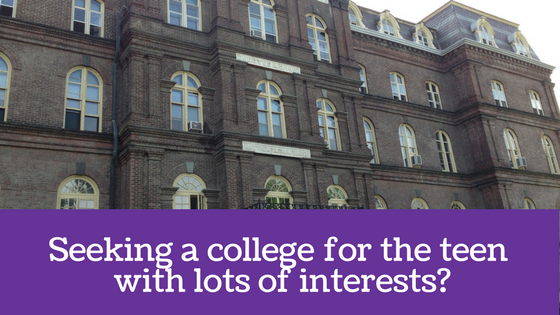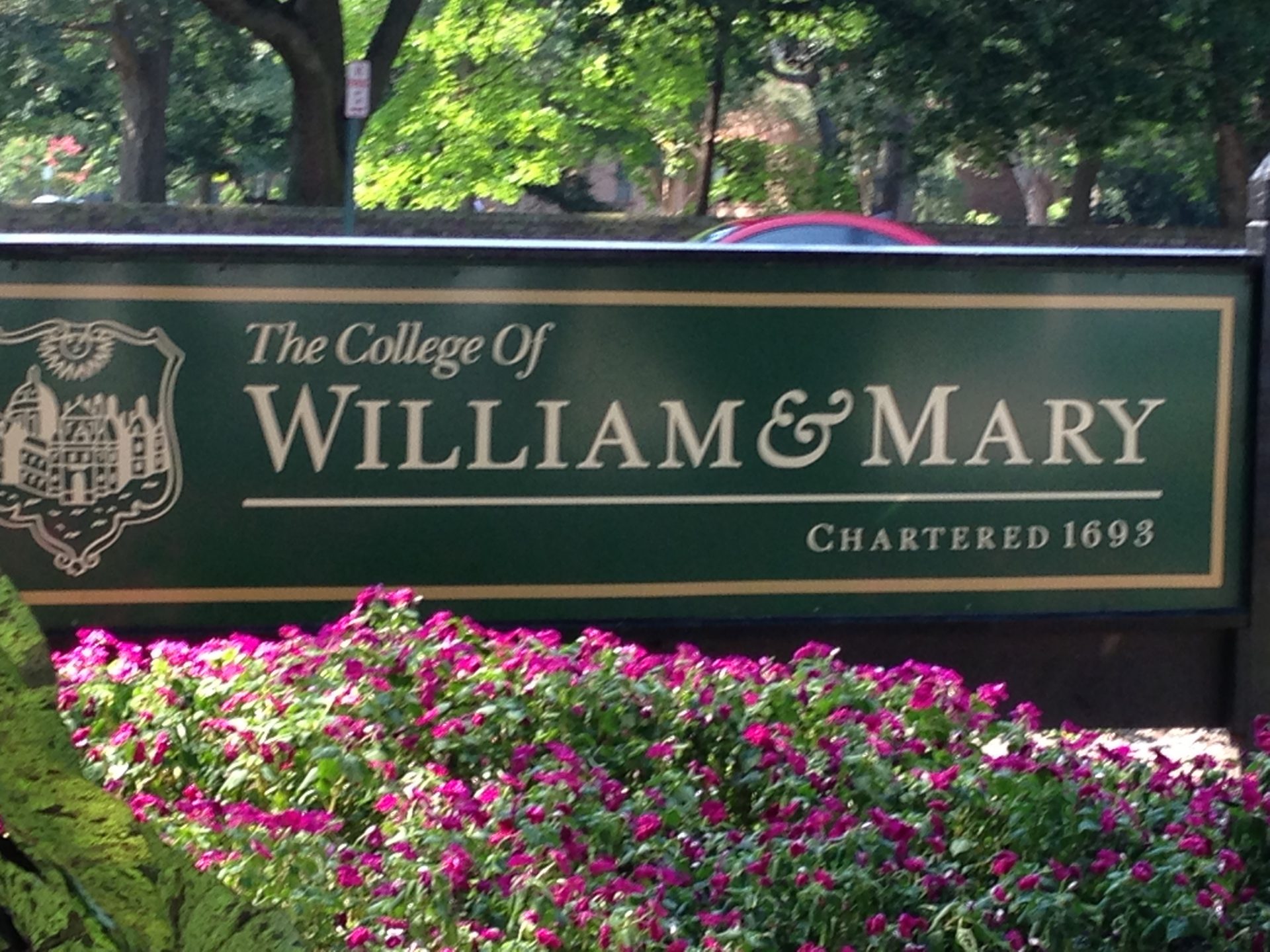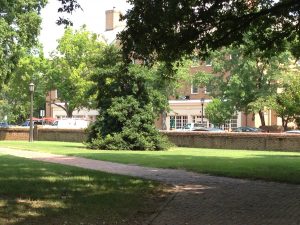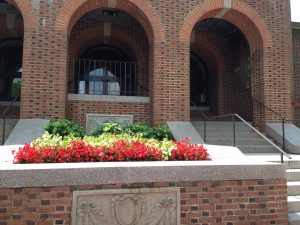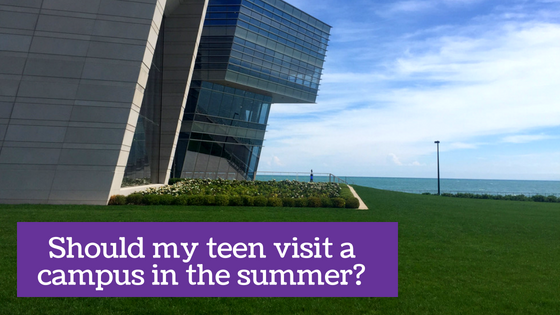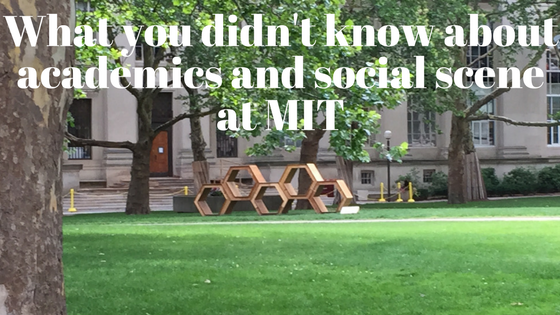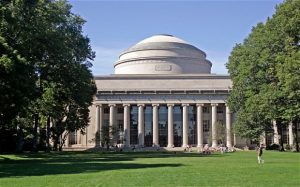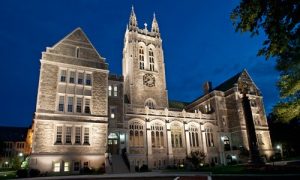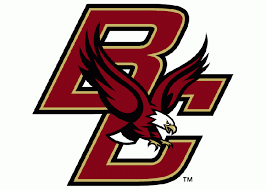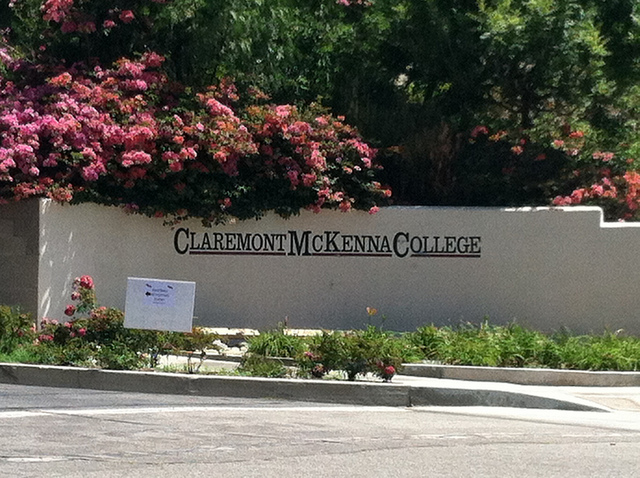Many college-bound sophomores and juniors are visiting campuses in March and April during Spring Break. Those campus visits are an important step in the college admissions process and can shape the application process in surprising ways. Given that many colleges will also have “Admitted Student” events in March and April, it’s a good idea to plan ahead for times when prospective students can visit.
 These visits are informational so they offer a great opportunity to learn as much as you can about the admissions process and envision your college experience. Because you visit doesn’t mean you must apply. Again, you’re going to gather information. Once your schedule is set, use these tips for a successful visit:
These visits are informational so they offer a great opportunity to learn as much as you can about the admissions process and envision your college experience. Because you visit doesn’t mean you must apply. Again, you’re going to gather information. Once your schedule is set, use these tips for a successful visit:
1. Campus size doesn’t always matter
Visit colleges of varying sizes so that you understand whether size matters or not. When you’re reading about campuses on-line, it’s sometimes difficult to get a feel for the size. Also, the physical space of the campus may attribute either a “small” or “big” feel moreso than the enrollment numbers suggest. Depending on the urban-ness or rural-ness of a campus, it can feel more “big” or “small” when you visit in person.

2. Watch your Attitude during the visit
Remember that you are being “interviewed” at all times when you tour a college campus. Even if you’re not in a formal, one-on-one meeting with an admissions officer or faculty member, when you set foot on the campus, consider it as a 2-3 hour interview. With that being said, it’s important to be on “good” behavior. For some colleges, these visits are recorded as “demonstrated interest” and may matter in the application process.
3. Not everyone should go
Tour the campus alone or with parents/siblings. Especially, do not visit with your high school sweetheart. I have actually been on visits where students are there with a sweetheart hanging on to their every hip move. Think about how this looks. Not to mention that the visit can be short-changed by your sweetheart’s impression of the campus.
This may also apply if your teen has a sibling who will be tired or annoyed during the visit. When I took my son on campus visits, his sister stayed at home. Her interests were so different that she would have been bored and distracting.
4. Check out the neighbors
Many college campuses are shaped by the neighborhoods surrounding them. Some neighborhoods are good and some . . . not so good. Check out the neighborhood surrounding the college campus. If you’re not comfortable there, perhaps that’s a sign! Prospective students should feel comfortable with the surrounding area because the on-campus life is often intertwined with off-campus life.
If you are concerned about security, I would suggest that you get an on-campus (and off-campus) police report of recent incidents.
5. Have questions ready

Researching the college prior to your visit almost always generates more questions than it answers. Information from the website and viewbooks can be confirmed during your campus visit. For example, you can ask about parking conditions, security, food quality, dorm life, etc. There are a number of other topics or concerns that will occur in the moment as you’re listening to a tour guide or interviewer.
Always ask questions during your visit and any interview. Asking questions demonstrates your interest and intellectual curiosity
.
Throughout the year, I visit dozens of college campuses and learn something new every time. With each visit, it’s important for me to write notes so that I keep track of all that I learned. Please download our Campus Visit Checklist so that your teen remembers what they learned and keep track of how each college would be a fit for their interests and needs.
Where are you visiting this spring? What additional tips do you have for making the most of your campus visits?






